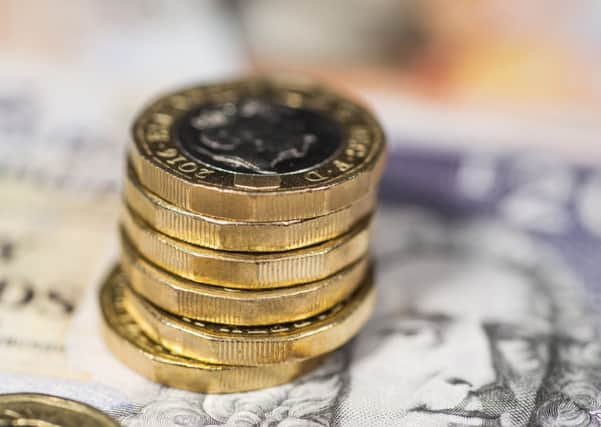Currency comes with ‘opportunities’ and ‘risks’ - Graeme Roy


The SNP’s deputy leader Keith Brown has said he will put forward a motion to the party’s conference that “it should now be party policy that an SNP government in an independent Scotland would establish an independent currency”.
But what does this mean in practice?
The detail of the motion is not yet clear, but in the Sustainable Growth Commission report, published last year, the proposal was that Scotland would retain sterling immediately post-independence, most likely through an informal arrangement akin to “Sterlingisation”.
Advertisement
Hide AdAdvertisement
Hide AdArrangements and infrastructure would then be built up to support a move to an independent currency should certain tests be met.
Until the establishment of a new currency, an independent Scotland would essentially have no separate monetary policy powers. Under sterlingisation, Scotland would face an interest rate regime set by the Bank of England.
A “sterlingisation” type regime has never been tried in a country of Scotland’s size or stage of development.
A separate currency comes with opportunities, but also risks.
In the long run, many economists will argue the creation of an independent currency can have its advantages as it provides flexibility to set monetary policy in the interests of the Scottish economy. A number of small independent countries successfully run their own currencies, for example Denmark, Sweden, Norway, and New Zealand. Some try to peg to other currencies, others don’t bother.
But this flexibility comes with a downside. It would mean that Scottish firms would have to change currencies when selling into the rest of the UK and internationally. It would also have implications for supply chains and household spending.
The “new” Scottish currency would be exposed to the credibility of international investors. In theory, this can be managed, but as we have seen, global market forces can deliver harsh consequences. Alongside running low fiscal deficits, many countries have assets they can call on. Denmark, for example, has reserves of around $75 billion (£57bn) – well in excess of the £12bn or so Scotland could expect to inherit. Building up reserves is possible, but not easy if Scotland continues to run a trade deficit.
Perhaps the greatest challenge would be the transition from the status quo to a new currency. The Sustainable Growth Commission report set out a roadmap with plans for financial regulation, banking and the creation of a Scottish Central Bank.
Advertisement
Hide AdAdvertisement
Hide AdMillions of contracts would have to be looked at, from car loans to mortgages. For many, avoiding making repayments in one currency whilst receiving income in another will be important.
An orderly transition is possible. But, as history has shown, economic plans can change. The modern economy is full of risk and uncertainty – many outside the control of the Scottish Government – so contingency plans will be crucial.
l Professor Graeme Roy is director of the University of Strathclyde’s Fraser of Allander Institute